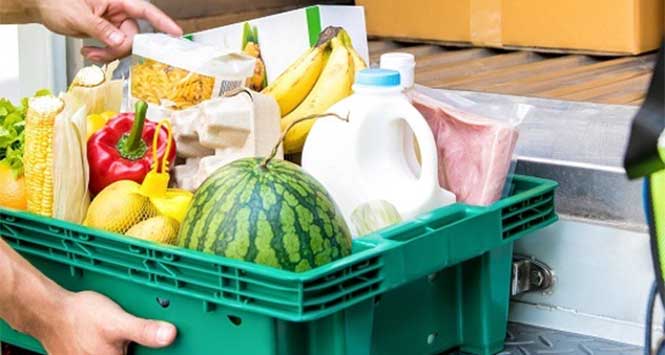According to HIM and MCA Insight’s new UK Convenience Market Report 2020, the convenience retail market within the UK is set to grow 8% to £44.7bn in 2020 – up from 2.6% growth in 2019.
When split out by store type, co-operatives are forecast to see the fastest growth – up 12% year-on-year. Unaffiliated independents are set to grow 11%, symbol stores 7%, forecourt stores 6% and convenience multiples 6%.
The report highlights increased volume and sales during the coronavirus lockdown period, as consumers favour in-home consumption due to risk aversion as well as watching their discretionary spend – a trend that HIM & MCA Insight forecast to continue despite lockdown measures easing.
Convenience retail has benefitted from larger basket sizes and spend since the start of the coronavirus pandemic. Basket value has grown 17% year-on-year to £7.46 and average basket size is 2.5 items – up from 2.3 in 2019.
Lockdown has also exacerbated a pre-coronavirus growth trend in planned top-up shopping. Shoppers have turned to convenience for main and planned top-up shopping, with independent retailers more flexible when faced with stock pressures. Planned top-up shops have increased by four percentage points year-on-year, accounting for 22% of all convenience trips in 2020.
Blonnie Walsh (pictured), Head of Insight at HIM & MCA Insight, commented: “The turn of the decade has seen a transformative year for the convenience retail market. Convenience retailers have been forced to adapt to new basket dynamics and an evolving core consumer base. A shift in shopper missions has resulted in increased basket spend and size, rewarding retailers for the support and commitment they have shown to their local communities.
“Provenance has been a growing trend for some time, and we continue to see increases in the proportion of shoppers choosing a particular store in order to support local businesses. The lockdown will only have accelerated this trend and retailers can leverage this by highlighting local credentials, including work with local suppliers.”







